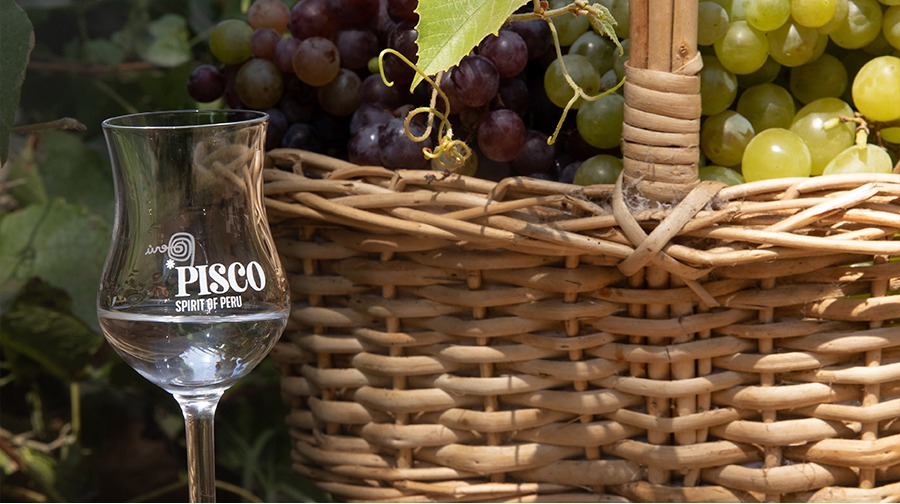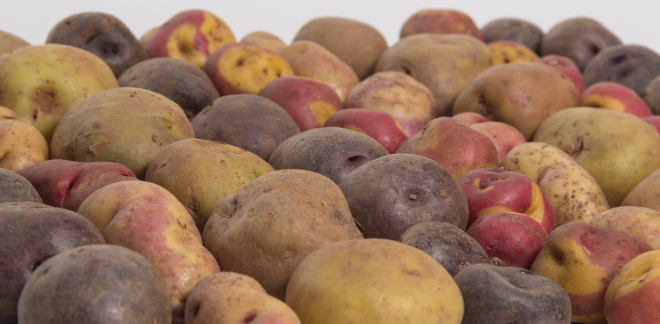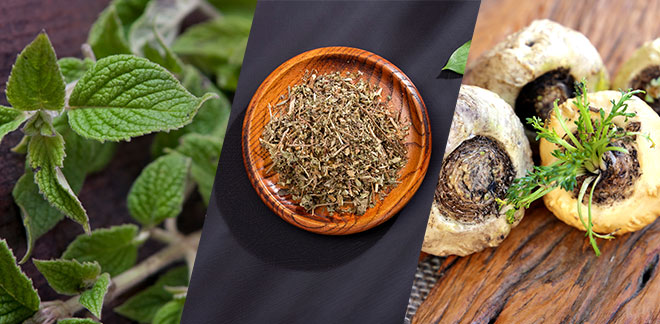Scientifically proven: pisco can only be produced in Peru
Síguenos en:Google News
‘Pisco geology’ is the name of the research conducted by a team of geological engineers and agronomists, and which showed that pisco can only be produced in our country. And what is the reason for this? Well, we have the ideal combination of rock, sediment, landform and soil to generate the right terrain for the birth of our national drink.
The study, led by Cristina Cereceda, specialist at the Geological, Mining and Metallurgical Institute (Instituto Geológico, Minero y Metalúrgico, ‘INGEMMET’), centered upon Ica, the primary producer of pisquera grapes nationwide (51.9 % of plantations), and places an emphasis on analysing the natural and climatic factors of the environment in which the crop grows.
“The quality of pisco emerges from the ground that hosts the pisquera vine, because each grape carries within it the flavors and aromas bestowed upon it by its terroir, giving it a distinctive personality", explained Cereceda.
Source: Andina
The research underlines that the main elements required by the vine are nitrogen (for development), potassium (metabolism), phosphorus (substance transportation and metabolism), calcium (strengthens nutrient vigor and assimilation) and magnesium (promotes sugar formation and must quality). The Ica Valley contains all these elements.
Study in detail
For geomorphological analyzes, which started in 2018, a drone and satellite images were used to study the geoforms of the valley, its north-south direction and the landform that borders it (plains, hills and mountains). In addition, the professional team undertook field work such as rock, sediment and soil sampling.
The results were overwhelmingly favorable, confirming that the soils of the Ica Valley are ideally suited for the cultivation of the vine, as the great texture of the soil enables it to retain moisture and moderately alkaline pH carbonates. Furthermore, it contains high levels of potassium and calcium.
Another significant detail is that this valley has its own microclimate, which is ideal for pisquera vine production since it has low humidity, a lack of rainfall, winter temperatures and a wide thermal range, favored by night winds that descend from the mountains and that "do not exist anywhere else on the planet".
It is worth mentioning that at least 1,600 hours of sunshine are required each year for the cultivation of the vine; however, the southern valley receives in the region of 2,553 hours, which helps to increase the sugar level, contributing in turn to the growth and maturation of the fruit. The ‘Iqueños’ winds are another beneficial factor, since they fluctuate between 1 to 4 meters per second, and which helps to support the transpiration of the land and favors the supply of CO2.
Distilled yes, brandy no
It should be stressed that what is produced in Peru is pisco and not brandy, since brandy is a mixture of residual sugars and rectified alcohol content; while our national drink is a very fine, pure grape distillate that is not subjected to the addition of any other ingredient.
“Peru is the only producer that uses the juice and the must, since all others use them for the production of their wines. Herein lies the character of pisco [...]. These characteristics distinguish it from grape brandies of the world”, claimed the professional.
As is well known, the identity and characteristics of pisco are related to the pisquera grape with which it is made, and there are eight varieties: Negra Criolla, Mollar, Quebranta (native to Peru, resulting from a mutation of the Negra Criolla due to its adaptation to the climate and soil of the Peruvian coast), Uvina, Italia, Torontel, Muscatel and Albilla.
Why the initiative?
As reported, the idea behind this research was championed by the engineer Óscar Bernuy (former president of the INGEMMET governing board), who, due to his love of geology and in pursuit of generating more information on the physical environment in which the development of the pisquera vine is possible, encouraged the study to be undertaken.
“This study is the first of its kind, and it will be replicated in the future across all the pisquera regions of Peru. We also hope to inspire specialized research on each of the parameters that influence the development of the pisquera grape”, noted the project leader.
Details
- Other countries conduct similar studies for their national products. Mexico developed the geology of tequila; Spain and Argentina did so with wine; and Colombia, with coffee.
Source: Andina








